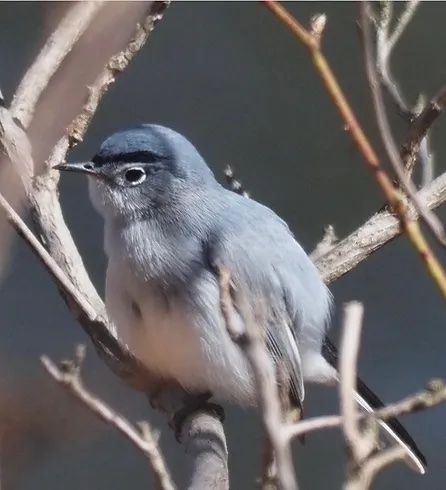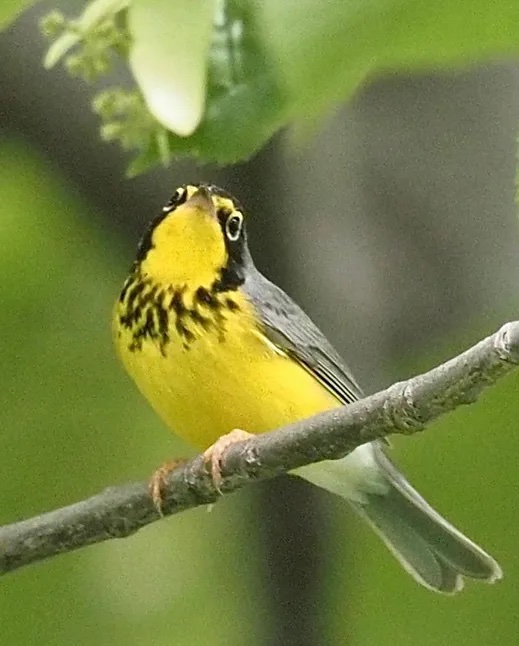
Barn Swallow by Mark Chen / Carl Schurz Park Conservancy
Anyone who thinks that New York City is nothing but a nature-free concrete jungle needs look no further than Carl Schurz Park, where at least 57 species of birds were spotted this year. This number is a record for the park and represents over a third of the total 150 bird species that have been spotted in the park over the past few years.
Advertisement
For our neighbors who are unfamiliar with Carl Schurz Park, it is a 14.6-acre public park that runs from East 84th Street to East 90th Street between East End Avenue and the East River. Prior to being given its current name, the park was called East River Park. In 1910, the German-American community of Yorkville advocated to rename the park in honor of the late German-American Statesman, Civil War general, abolitionist, and journalist Carl Schurz.
Get East Side Feed in Your Inbox
In addition to housing Gracie Mansion and two dog parks (including one specifically for small dogs), Carl Schurz Park is a popular spot for birds—both local and migrating—largely because of its rich variety of native plants that support the caterpillars, berries, and insects the birds eat.

Blue-gray Gnatcatcher by Joseph Zemann / Carl Schurz Park Conservancy
In the winter, Carl Schurz is home to the Western Tanager Aurora, a bright yellow bird with an orange beak, who then likely flies out west to California or Western Canada. In the spring, American Robins, Red-Winged Blackbirds and Common Grackles fly in to mate, build nests, and hatch their eggs. The American Robins then fly south to Florida in the fall and spend the winter there. The benefit to arriving in New York early is having the best territory to nest and finding several mating partners. The downside is the weather in March, which still might be too cold. In fact, if it’s still snowing in March, it could kill the birds.

Canada Warbler by Joseph Zemann / Carl Schurz Park Conservancy
Early summer brings the daily arrivals and departures of Warblers, songbirds from Mexico, the Caribbean and South America. The usually just stay in Carl Schurz for a night or two, but sometimes they’ll stay for up to a week.
Advertisement
The park serves as their rest stop to eat, rest, and gather strength for their trips to Canada and Alaska, where they breed. Some of the park’s year-round residents include Blue Jays and Northern Cardinals.

Rose-breasted Grosbeak by Joseph Zemann / Carl Schurz Park Conservancy
Some fun facts about birds: Did you know that nests are not only made with sticks and leaves, but also bits of clothing, yarn, horsehair, dung, plastic bags and fur from other animals? Most birds’ nests are impossible to find with the naked eye or even binoculars because they are so small and well-hidden with spider webs and cattails. The Yellow Warbler, for example, builds a nest about the size of a shot glass fairly close to the ground and conceals it nicely to protect it. Also, nests are not homes for the birds—they are only bowls for the babies. As soon as birds can get out of the nest, they fly away. Most birds sleep together in trees, shrubs and on the ground for warmth and protection. They can nap day and night for just a couple minutes at a time. Instead of a larynx, like humans have, birds have a syrinx, which lets them produce two sounds simultaneously. The most common reasons birds sing are to attract mates and to protect their nesting territory. Birds process images more than twice as fast as humans.

Great Egret by Joseph Zemann / Carl Schurz Park Conservancy
Some other birds that were spotted in Carl Schurz Park this year include the Black and White Warbler, which has two balance sensors that make them incredibly acrobatic; the Great Egret, which has an elegant s-shaped neck and a five-foot wingspan; the Yellow-Crowned Night Heron, whose legs change color from yellow to coral pink or red during courtship; and the Northern Flicker, whose wings flash yellow when they take off.

Yellow-crowned Night-Heron by Joseph Zemann / Carl Schurz Park Conservancy

Northern Flicker by Joseph Zemann / Carl Schurz Park Conservancy




